(Last Updated on October 9, 2025 by Henry)
How These Movements Work Together
Integrating all five primary hand movements: crush, pinch, support, extension, and twist into your training routine offers a holistic approach to hand strength.
Each movement complements the others, creating a balance that helps in enhancing overall grip efficiency and injury prevention.
A balanced grip training regimen prevents imbalances, which can lead to injury or hinder progress.
By touching on all five movements, you ensure that your hand, wrist, and forearm muscles are well-rounded and resilient. This synergy is crucial for optimal performance, especially in sports or professions that demand varied grip strength.
For an example routine, consider a weekly schedule touching on each grip type.
On Mondays, focus on crush and support grips with exercises like heavy lifting or carries. Midweek, dive into pinch and extension grips, utilizing blocks and finger bands. Wrap up the week with twist grip days, employing wrist rollers and rotational devices to round out the plateau-breakers.
Each sport or activity can benefit differently from these movements. Climbers may find pinch and support grip training crucial, while strongmen benefit from focusing on crush and twist grips. For rehabilitation purposes, integrating extension grip exercises can speed up recovery and enhance functionality.
Start by Crushing it
Crush grip is all about that classic squeezing strength you need for everyday tasks like shaking hands, carrying groceries, or even crushing a can with ease. It’s the kind of grip that comes naturally but can be honed for better performance.
Hand grippers and stress balls are your best friends when it comes to training this type of grip. They help in building the formidable strength required to make carrying those heavy bags look effortless. These tools come in various resistances, so start with what feels comfortable and gradually work your way up.
One common mistake folks make is diving right into the deep end without much preparation. Overtraining can lead to tendon issues, which is something you definitely want to avoid. Always remember to warm up, just like you would before any other workout. A couple of minutes of squeezing a stress ball can work wonders to get the blood flowing and prepare those muscles for action.
Balancing strength and safety should be at the heart of your training plan. Mixing in different types of exercises and allowing adequate rest can ensure your tendons and muscles develop without unnecessary strain.
Mastering the Pinch Grip
The pinch grip focuses on the clamping strength between your fingers and thumb. It’s that unique hold you use when you’re picking up plates, turning keys, or gripping onto narrow rock surfaces when climbing.
To really develop this grip, tools like pinch blocks and hub lifts are fantastic. This specialized equipment helps isolate the pinch movement, allowing you to build the specific strength needed for various real-world challenges.
One thing to keep in mind while training is to engage both wide and narrow pinches. This approach ensures your thumb gets a comprehensive workout, promoting full development and reducing the risk of imbalances: an important factor if you’re into activities that rely heavily on thumb strength.
Pinch grip training not only boosts practical power but also enhances your precision and control in tasks requiring delicate handling. By diversifying your grip work, you’re setting your hands up for success in both everyday endeavors and more demanding physical activities.
Building Support Grip Endurance
Support grip is all about holding onto something without letting go, a true test of endurance. You put this grip to use more often than you might think. Imagine doing pull-ups, farmer’s carries, or even when you’re carrying heavy shopping bags. Yep, that’s your support grip hard at work.
To effectively build this kind of grip, you’ll want to get comfortable with exercises involving dumbbells, barbells, and pull-up bars.
Fat grips can also be a game changer, adding an extra layer of challenge by increasing the bar’s diameter, demanding more from your grip. These tools not only boost strength but also improve your holding capacity over time.
A common pitfall in support grip training is becoming too reliant on straps. While they can be useful for maxing out lifts, overusing them might prevent your natural grip from reaching its full potential.
It’s important to train without them to truly enhance your grip endurance.

Consistency is key. Regularly challenge your support grip capacity, whether through time under tension during dead hangs or heavy holds. Progress steadily to avoid overexertion and allow your grip endurance to build naturally, setting a solid foundation for both gym sessions and everyday tasks.
Achieving Balance with Extension Grip
The extension grip focuses on spreading your fingers apart, which might not sound like much, but it’s crucial for balance in hand strength. It’s about developing that ‘antagonist’ movement, which essentially counteracts all that crushing we do. Think about when you’re typing on a keyboard or handling a ball in sports: these activities rely on extension strength.
Tools like finger bands and rubber extensor machines are fantastic for this. They offer resistance that you can gradually increase as your fingers get stronger. It’s similar to how resistance bands function for bigger muscles, just on a smaller, more targeted scale.
Making an extension grip a part of your routine helps in preventing overuse injuries. When you repeatedly squeeze but rarely extend, your muscles can get imbalanced, leading to strains or injuries over time.
Incorporating extension grip exercises ensures a more rounded approach to hand training. It also aids in rehabilitation and recovery, especially if you’ve previously strained your hands or forearms. Focus on the fine balance here: strength and flexibility go hand in hand, literally.
Harnessing the Twist Grip
The twist grip, or rotational strength, is crucial for activities that involve turning or twisting motions. You’ve used this grip if you’ve ever turned a doorknob, wrestled with a jar lid, or used a screwdriver. It engages not just your grip but your wrist and forearm muscles significantly.
Training the twist grip calls for specific tools like wrist rollers and sledgehammers. These items help you develop the twisting motion needed to boost your forearm and wrist strength. Rotational devices can also be highly effective, offering controlled environments to practice pronation and supination.
The key with twist grip training is gradual progression. It’s tempting to jump to higher weights, but that can lead to wrist or elbow strain, which nobody wants. Start light, focus on proper form, and build up over time to strengthen these areas safely.
Incorporating twist grip exercises into your routine adds variety and further strengthens the hand-wrist-forearm chain, enhancing performance and preventing potential injuries from tasks that require repeated twisting motions. This approach makes for a more resilient and capable grip in everyday life.
Recommended Training Gear
Getting started with grip training doesn’t have to break the bank. A few essential items can offer a solid foundation for improving all five grip types. For beginners, hand grippers, bands, and basic dumbbells are effective and budget-friendly tools. These can be bought at most sporting goods stores and even used in the comfort of your living room.
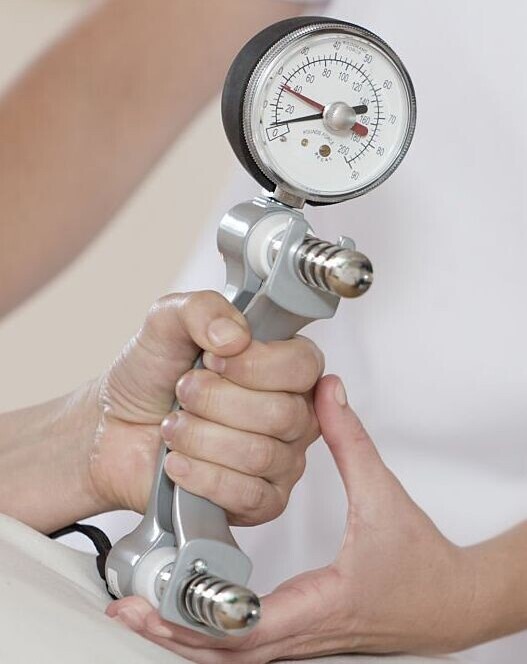
As your grip strength develops, you might want to explore intermediate to advanced gear.
Fat grips are fantastic for upping the challenge on standard bars and dumbbells.
Pinch blocks and wrist rollers are also great for targeting specific grip movements through varied exercises.
If you’re always on the go or need gear that fits easily in a drawer, look into portable options like stress balls and finger bands.
These tools are compact yet effective, making them ideal for travel or even quick office exercises when you need a break from the desk.
The right gear not only facilitates diverse training but also keeps your routine engaging and progressive. Remember, variety is the spice of grip training: mixing and matching these items can fuel continuous improvement and help you tackle any grip challenge that comes your way.
Common Mistakes to Avoid
Building grip strength is rewarding, but it’s easy to make some common missteps along the way. One frequent mistake is putting too much emphasis on crush grip while ignoring the importance of extension exercises. This can lead to imbalances that might cause pesky injuries down the line.
Another pitfall is tacking grip training onto the end of workouts as an afterthought. Incorporating grip exercises earlier on ensures you’ve got the necessary energy and focus to perform them effectively. This can make a significant difference in progression.
Recovery is just as important as the workout itself. Neglecting it could lead to tendonitis or elbow pain, common issues among those who overdo it. Give your hands, wrists, and forearms proper downtime and incorporate varied grip exercises for balanced growth.
Finally, many fall into the trap of not progressively overloading or getting stuck using the same weights. Sticking with weights that are too light or heavy without adjustment over time can stall progress. Regularly challenge your limits by adjusting resistance and trying new tools, strengthening your entire grip spectrum over time.
An effective grip training plan considers these common missteps and builds on a foundation of variation, recovery, and balance. By avoiding these pitfalls, you’ll make gripping gains safely and maintain a strong, healthy set of hands for any task.
Crafting a Long-Term Grip Training Strategy
Variety is the cornerstone of a sustainable grip training regimen. Each grip movement serves a distinct purpose, and integrating all five into your routine ensures functional and robust hand health over the long haul. Starting with one movement and gradually expanding to incorporate all five builds a comprehensive foundation.
To guide your training journey, explore product reviews and FAQs. These resources can provide insights into the best tools for your needs and common questions beginners face. As your understanding deepens, consider a beginner’s guide to help refine your techniques and strategies.
Take the first step by choosing one grip movement to focus on. Whether it’s getting a stronger crush grip or mastering the twist grip, begin with dedicated exercises tailored to that movement. Over time, as your confidence and strength grow, broaden your focus to include diverse grips.
Remember, grip training isn’t just about lifting heavier weights; it’s about enhancing your everyday life and activities. By committing to a well-rounded grip regimen, you’re investing in a skill that’s beneficial both in the gym and out in the world. Start today, and watch your hand strength and overall functionality thrive over time.
Thanks for Stopping By
Have Questions?
Please Leave A Comment


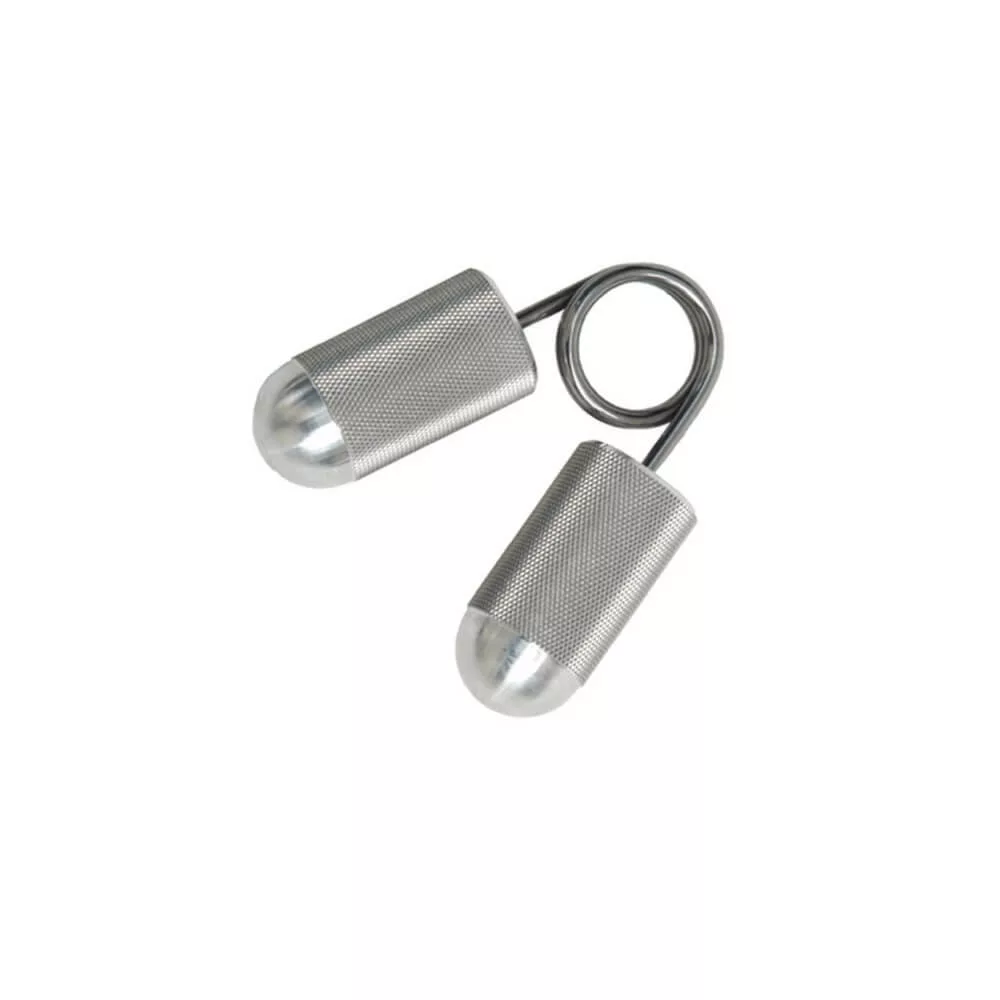

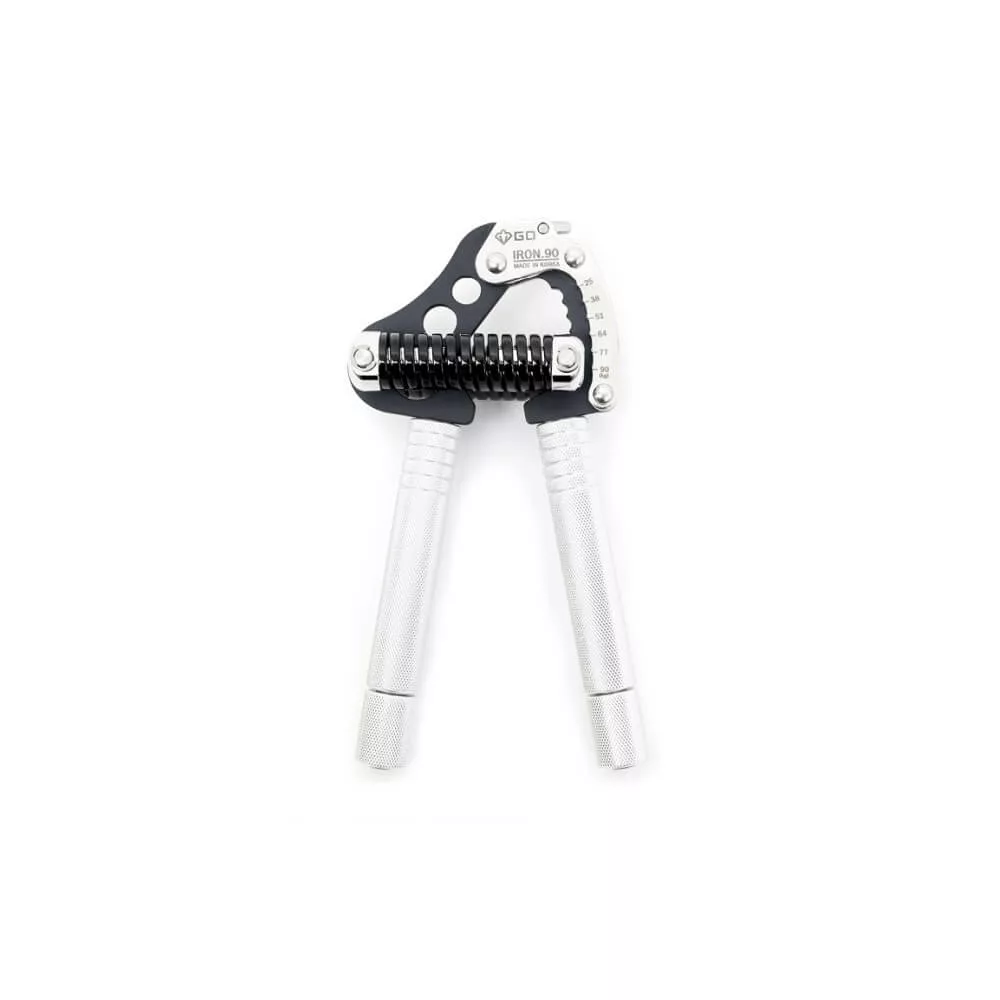

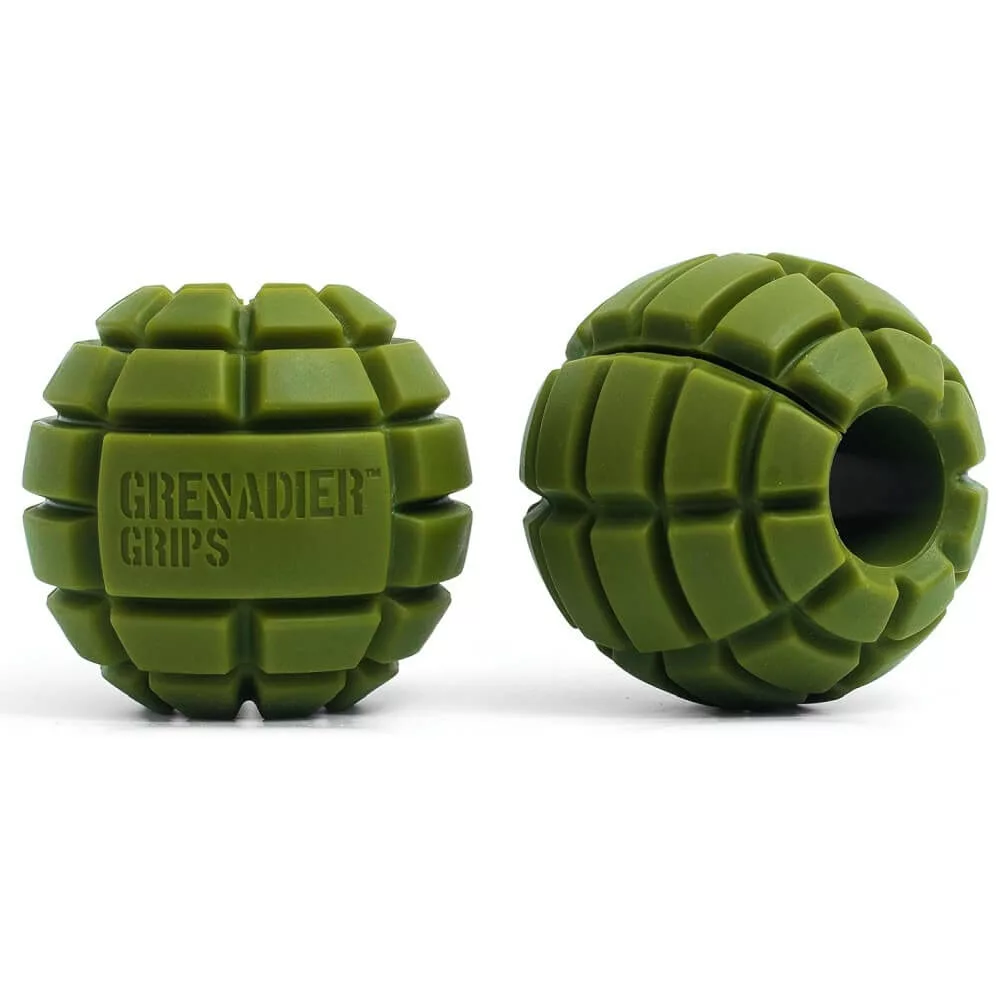
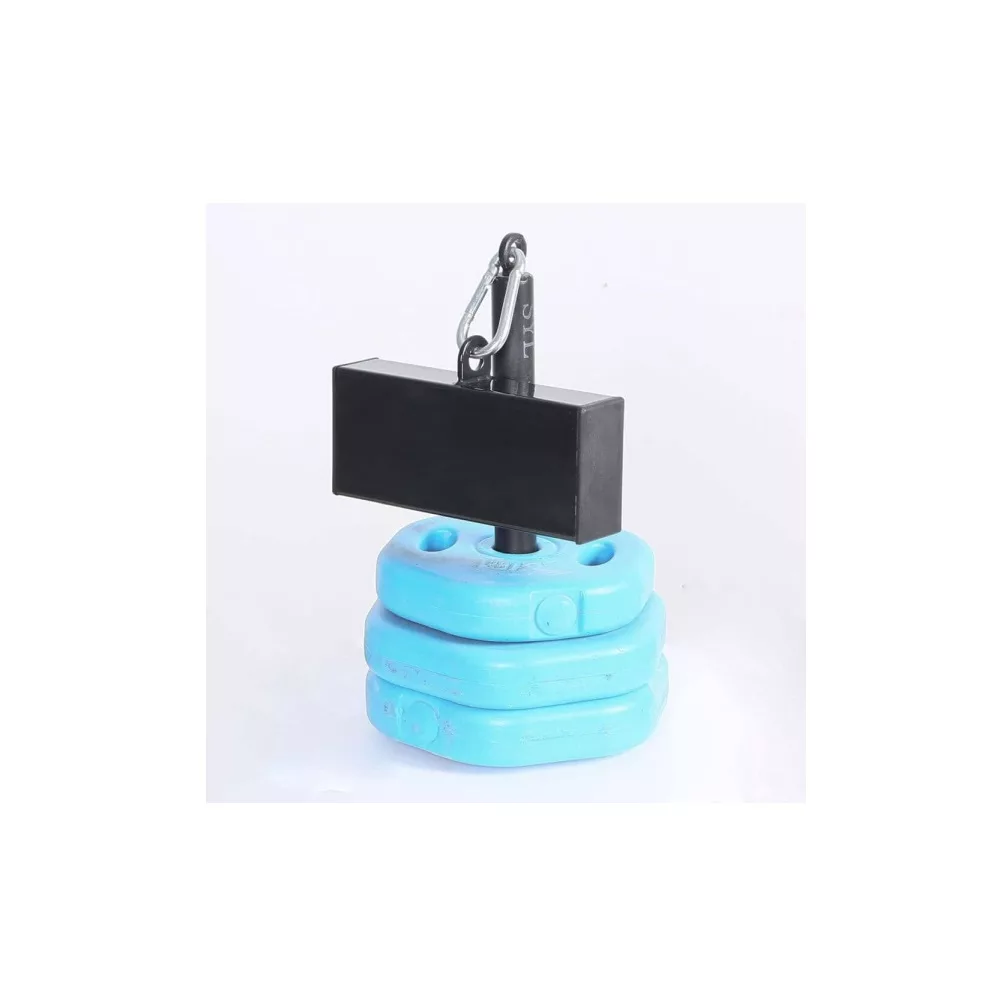
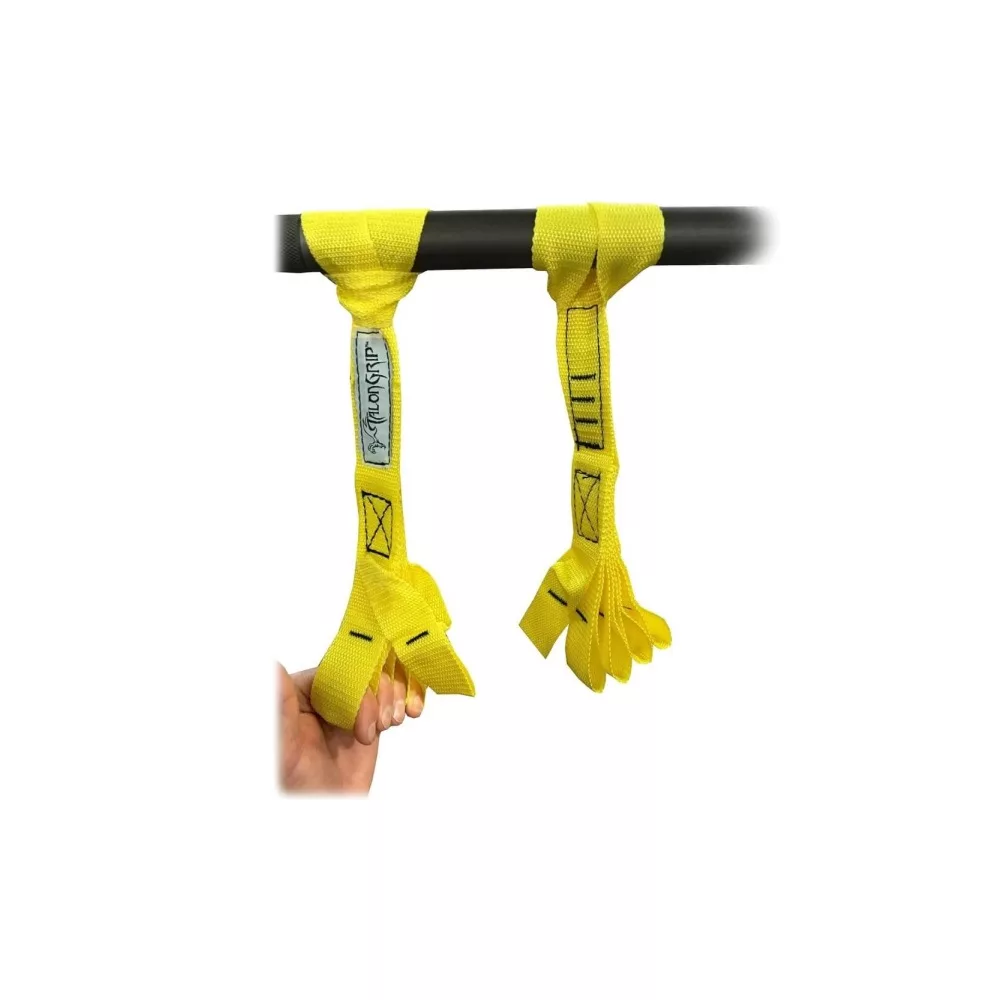


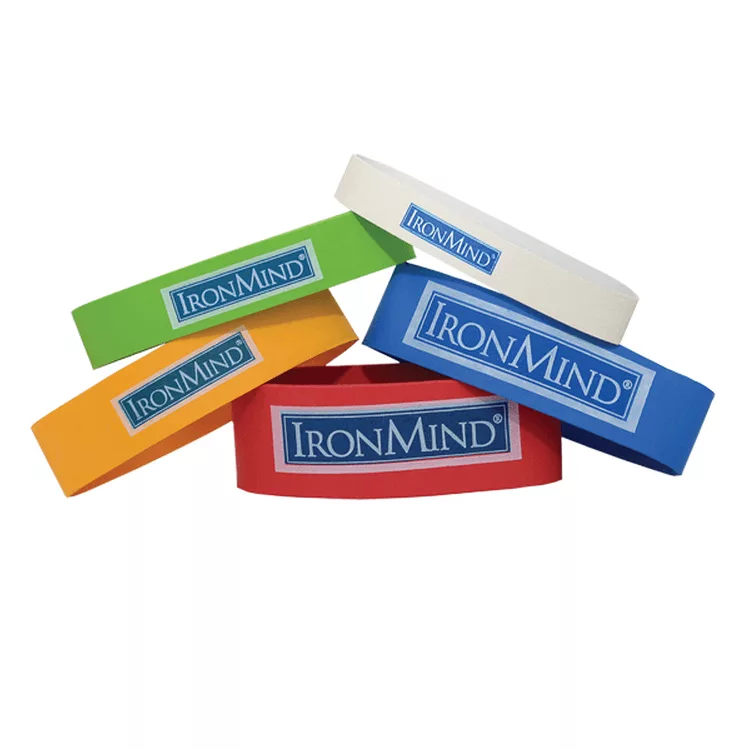
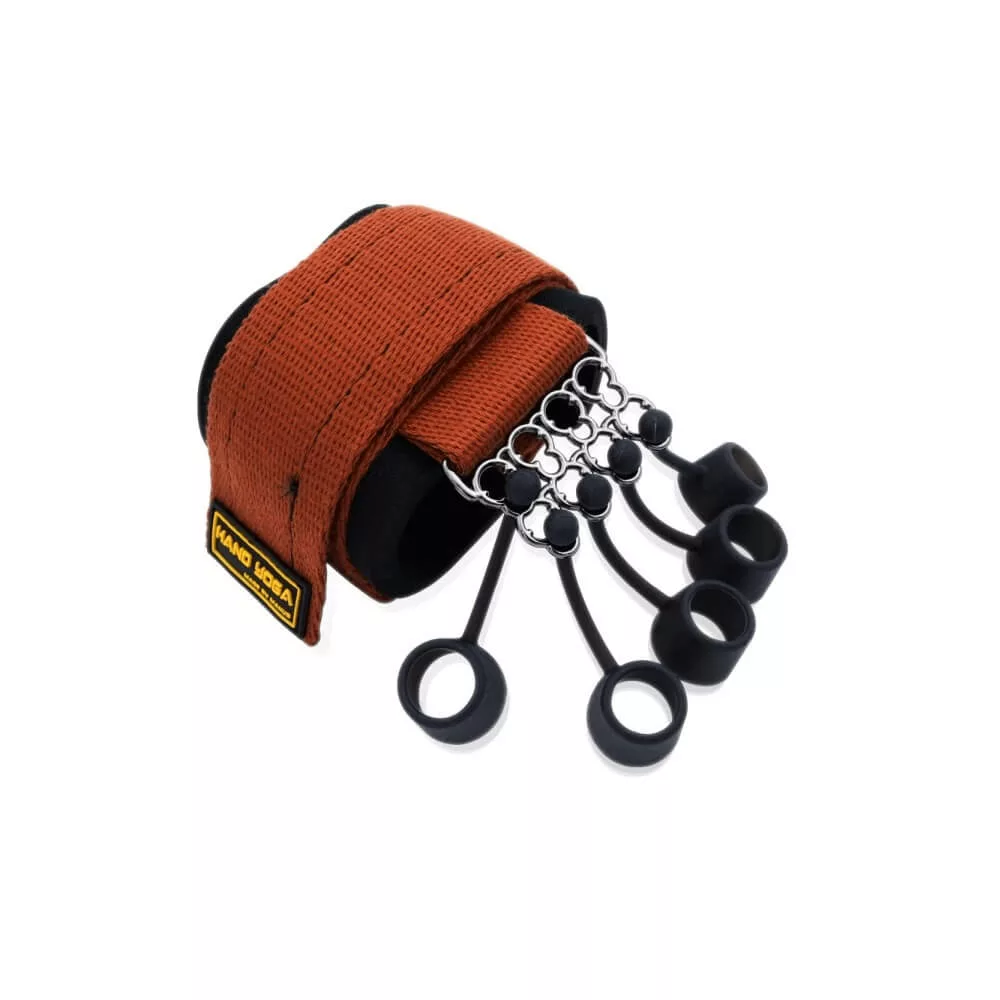
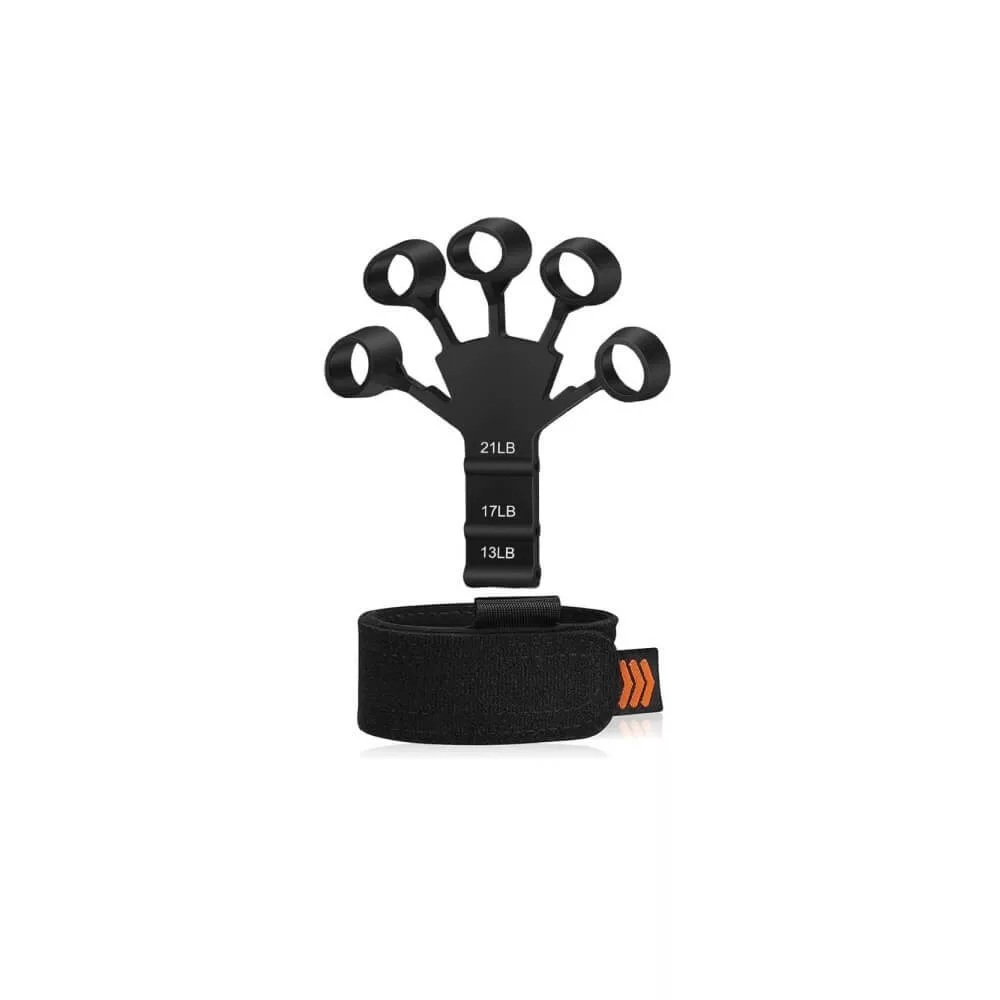
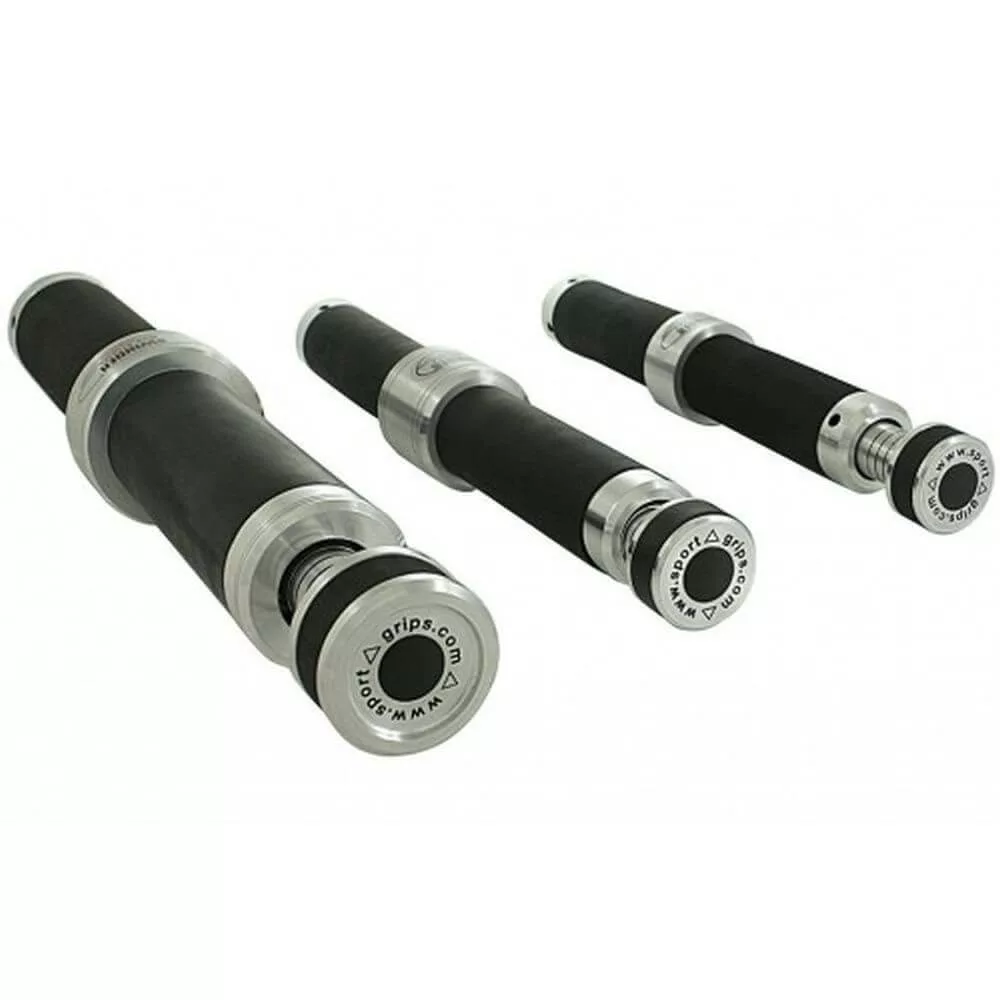
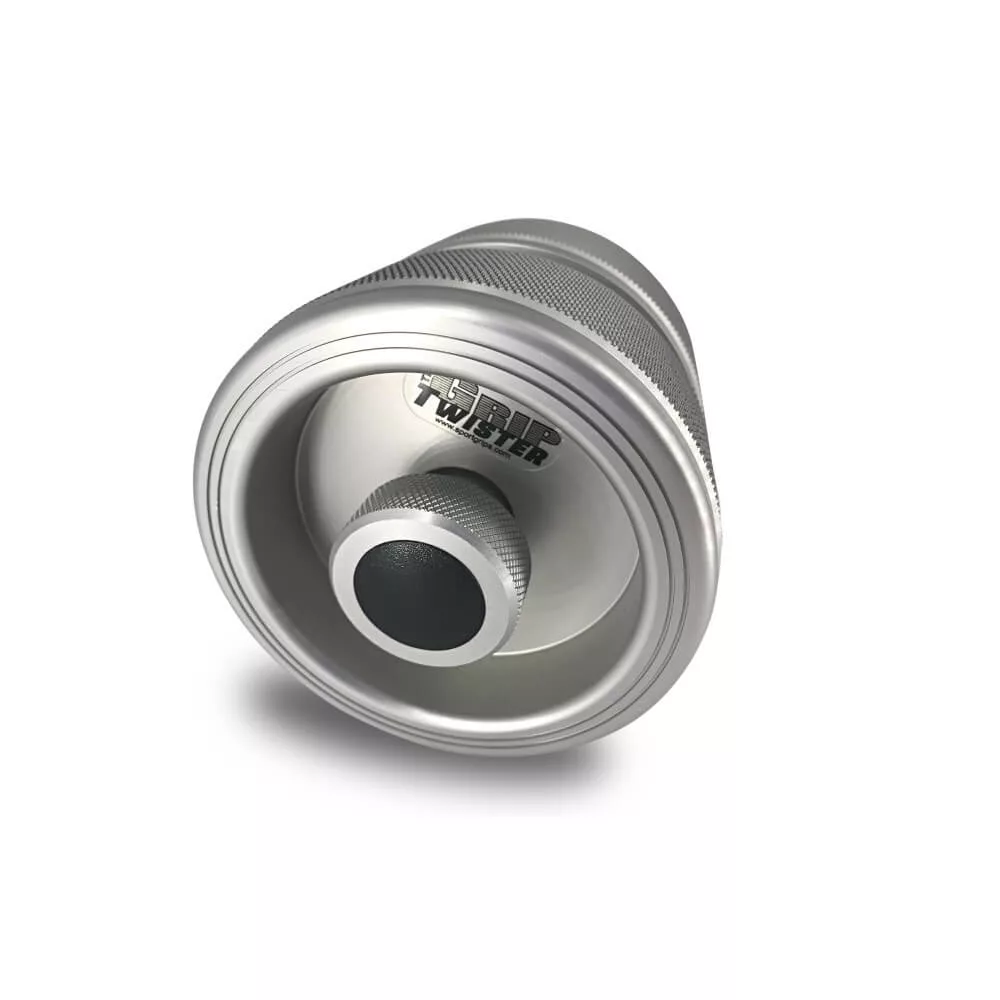
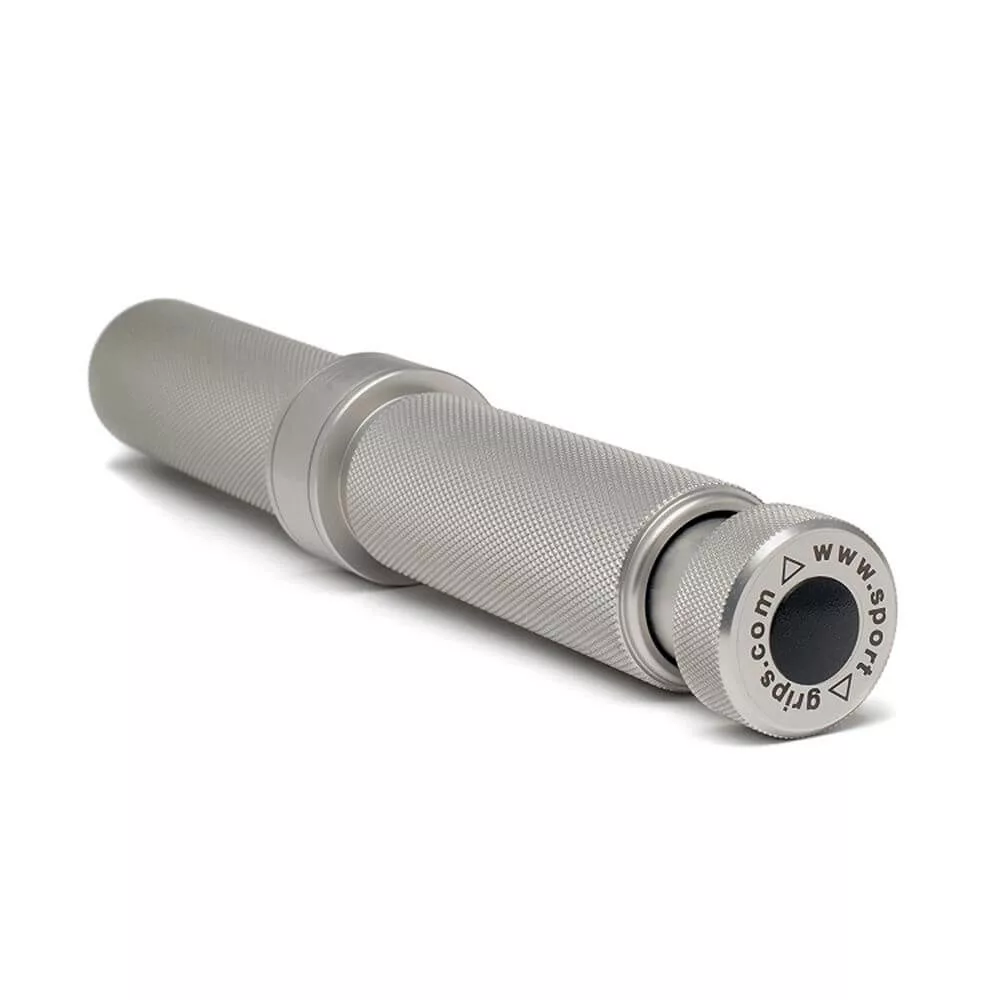
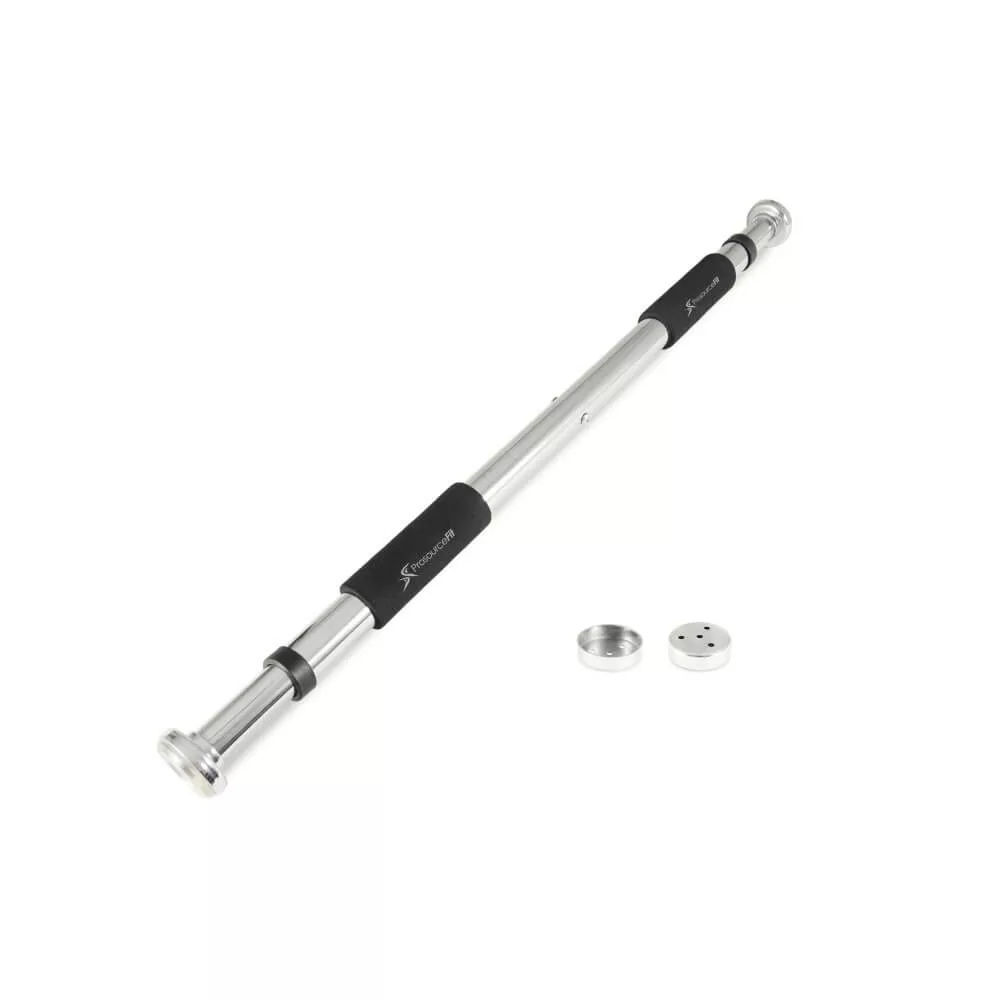

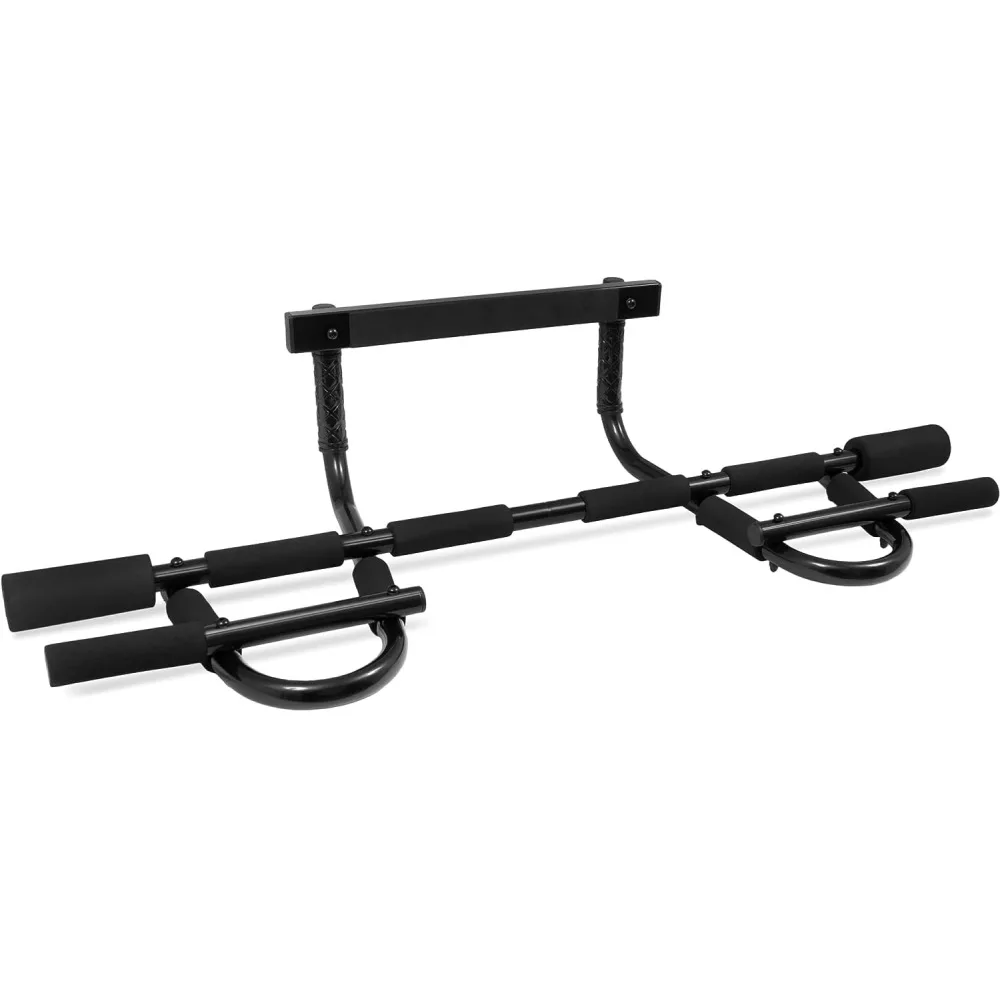
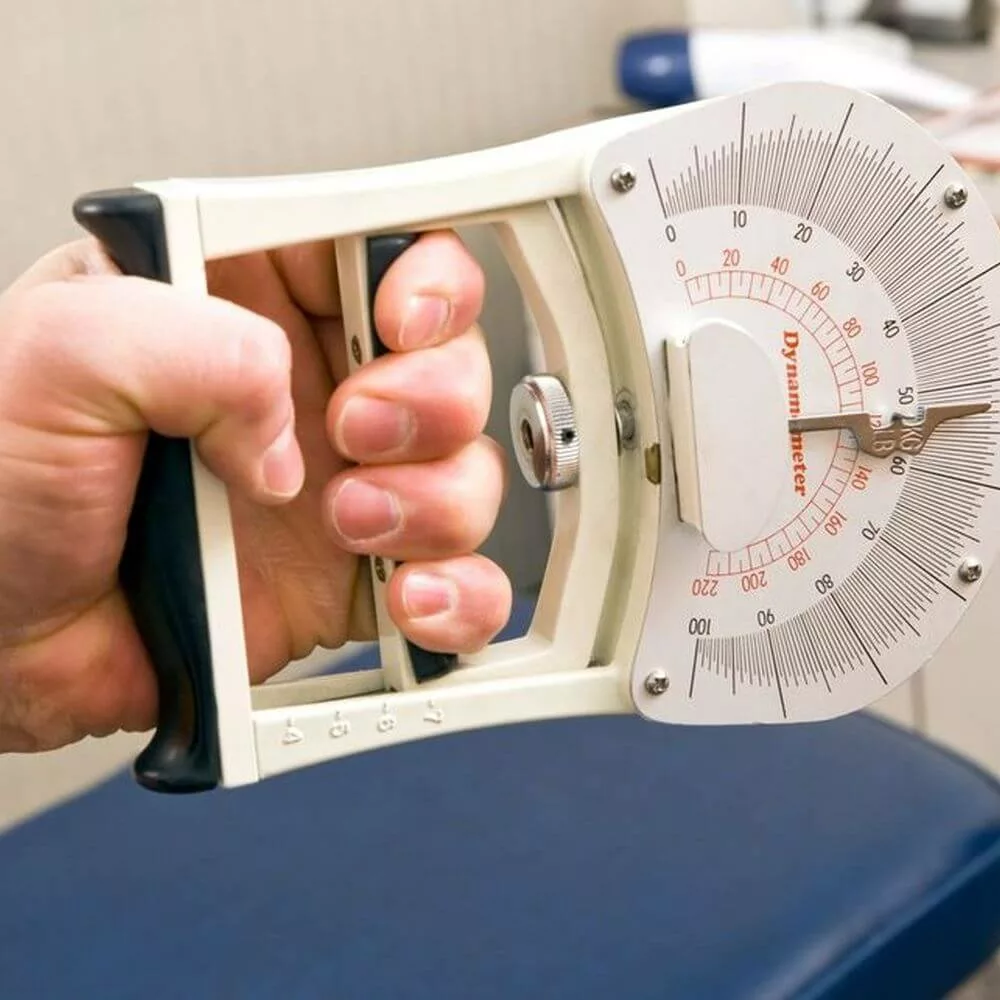




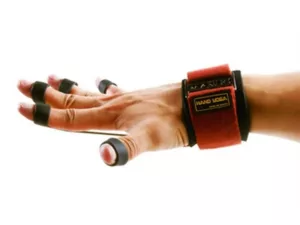


The explanation of how the five grip movements work together really tied everything together in a powerful way.
I appreciated how it emphasized not just building strength but preventing imbalances and injury something often overlooked in training programs. The concept of grip synergy, where each movement supports the others, makes a lot of sense, especially for people in high-demand sports or physical professions. The suggested weekly routine was a great touch it gives structure while still being flexible.
A couple of questions: For someone short on time, is it still effective to train just two grip types per week and rotate? Also, when returning from a hand or wrist injury, which grip movement should be reintroduced first to avoid setbacks?
Great questions, and I really appreciate you catching the idea of grip synergy!
Yes, rotating two grip types per week is absolutely effective, especially if you’re short on time. The key is consistency and balance. For example, pairing crush grip work (with spring grippers or hand exercisers) and pinch grip training (using pinch blocks or plates) gives excellent overall activation while allowing recovery for smaller stabilizer muscles.
When coming back from a wrist or hand injury, it’s safest to reintroduce the extension grip first. Exercises that use hand bands or rubber expanders to open the fingers. This builds joint mobility and circulation before heavier crushing or supporting movements. From there, you can gradually layer in support grip and crush grip work again once strength returns.
If you want a structured path, the guide on grip training basics covers how to scale intensity safely after downtime.
Thanks again for the thoughtful comment. Great discussion points like this help keep grip training knowledge practical and injury-free for everyone.